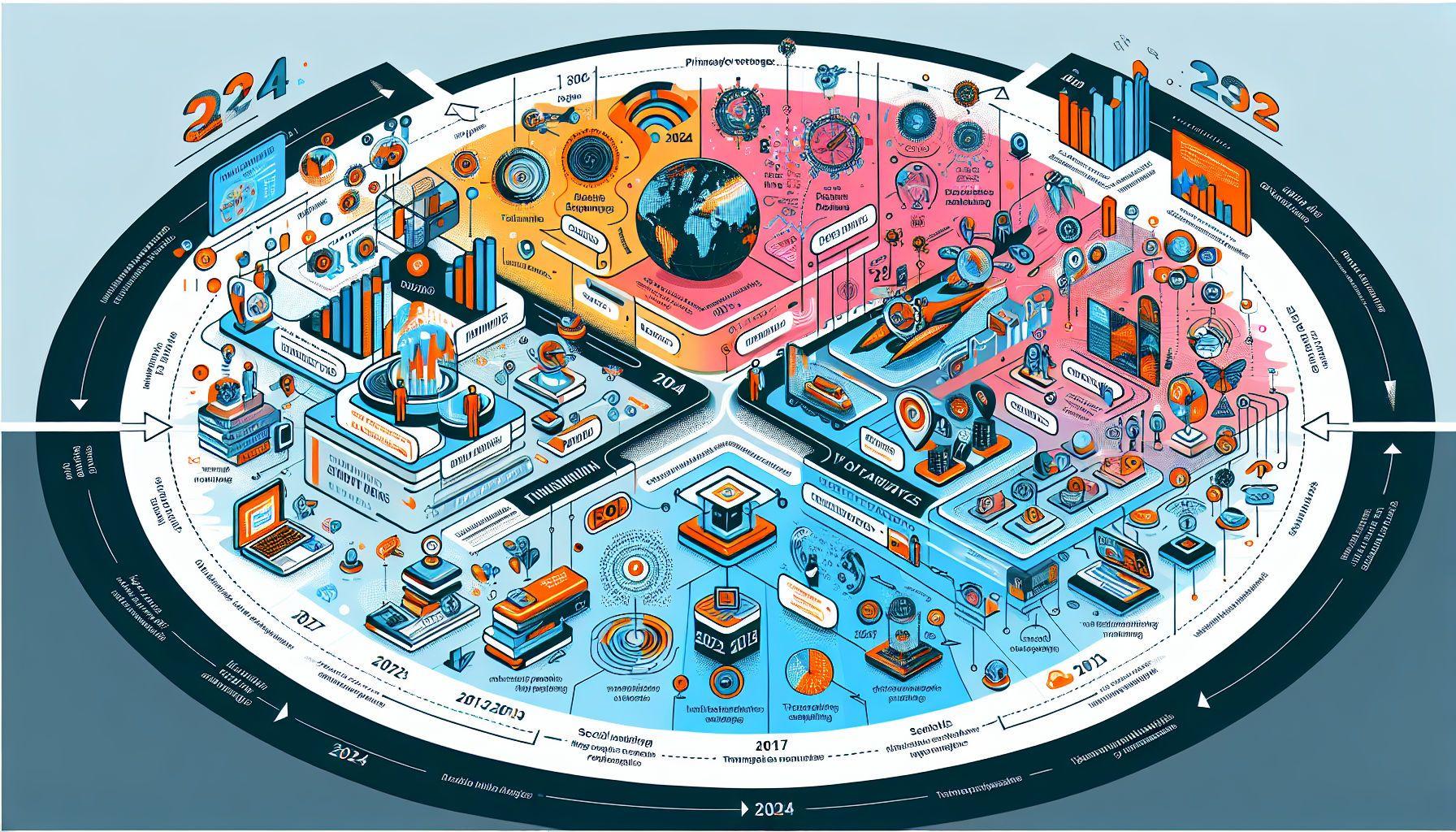The Impact of Data Privacy and Cookie Changes on Advertising Strategies
October 11, 2024
•
13 minutes

Content
How Data Privacy and the Decline of Cookies Are Changing Advertising Strategies
The Shift in Cookie Regulations
Key developments:
Alternative Data Collection & Targeting Methods
1. Contextual Advertising
2. First-Party Data
3. Surveys and Feedback Forms
4. Segmentation & Machine Learning
Building Trust Through Transparency
Conclusion
With growing concerns around data privacy and stricter regulations on the use of cookies, companies are being forced to rethink how they approach digital advertising. As consumers become more cautious and legal frameworks evolve, advertisers must adopt new strategies to maintain effectiveness while respecting user privacy.
Over recent years, major browsers have taken significant steps to limit or block third-party cookies, prompting a fundamental change in how advertisers collect and use data.
Key developments:
1. Safari & Firefox**: Both browsers have restricted third-party cookies, with Safari introducing Intelligent Tracking Prevention (ITP) to block cross-site tracking.
2. Google Chrome: By 2024, Google Chrome — the most widely used browser — will phase out third-party cookies. In response, Google is developing Privacy Sandbox, an initiative offering privacy-first alternatives like **Topics API**, which enables interest-based targeting without tracking individuals.
Impact on advertisers:
- Loss of cross-site tracking capabilities.
- Reduced access to granular user data, making campaign attribution and audience targeting more challenging.
Alternative Data Collection & Targeting Methods
To remain effective in the post-cookie era, advertisers must pivot to new data strategies:
1. Contextual Advertising
Contextual ads match the content of the webpage, rather than the user’s browsing history. This cookieless approach is regaining popularity.
Examples:
- A camping gear store placing ads on travel blogs about hiking trails.
- Google Ads and Microsoft Advertising now prioritize contextual targeting based on real-time page content.
Benefits:
- High relevance based on current user intent.
- No need for personal data, ensuring compliance with privacy laws.
2. First-Party Data
First-party data is information collected directly from users on your platforms (e.g., websites, apps, loyalty programs).
Examples:
- E-commerce sites using browsing and purchase history to personalize product recommendations.
- Retail chains like Tesco and Walmart leveraging loyalty programs for personalized discounts.
Benefits:
- Higher accuracy and control over data.
- Enables direct customer engagement and personalized experiences.
3. Surveys and Feedback Forms
Surveys can gather valuable customer insights voluntarily and transparently.
Tips:
- Keep surveys short and user-friendly (2–3 minutes).
- Offer incentives like discounts or loyalty points.
Use case: A retailer sending a post-purchase survey to gather feedback and tailor future offerings.
4. Segmentation & Machine Learning
Instead of relying on individual tracking, advertisers can group users by behavior and interests using machine learning.
Examples:
- Predictive segmentation: AI identifies patterns and forms audience clusters, enabling targeted messaging without personal identifiers.
- Federated Learning of Cohorts (FLoC): A now-shelved Google proposal that grouped users into interest-based cohorts for anonymous targeting.
Benefits:
- Maintains ad performance while respecting privacy.
- Offers actionable insights without compromising user identity.
Building Trust Through Transparency
To succeed in this new environment, businesses must be transparent about data usage and earn user trust.
Best practices:
1. Clear Privacy Policies
- Use plain language and make policies easily accessible.
- Clearly explain what data is collected and why.
2. Consent Management
- Allow users to control cookie preferences from their first visit.
- Use cookie banners with clear options and detailed descriptions.
3. Explain the Benefits
- Show users how data sharing improves their experience, like personalized offers or content recommendations.
- Example: Netflix explains how viewing data is used to recommend content users are likely to enjoy.
Conclusion
The evolving landscape of data privacy and cookie restrictions poses serious challenges for marketers — but also creates space for more ethical, innovative, and user-centered strategies.
By investing in first-party data, shifting to contextual advertising, using transparent communication, and embracing privacy-first targeting technologies, companies can maintain campaign performance while fostering trust and loyalty. Respecting data privacy is no longer a limitation — it’s a competitive advantage.
Keywords:
data privacy, third-party cookie ban, Privacy Sandbox, contextual advertising, first-party data collection, customer surveys, audience segmentation, machine learning in marketing, transparency, cookie regulations, advertising strategies 2024.
Recent posts








